Balancer Research Report
Hello everyone! I’m Jesse and it’s my pleasure to welcome you to the “Wealth Mastery” family. With each new asset comes that deep dive into the potential it can have for us and stacking those sats. So every week we’ll have a look at the latest blockchain protocols on the scene and help answer some of your pressing questions. This week we’ll be diving into a new exchange called Balancer.
Introduction
Balancer isn’t the standard execution of an exchange we usually see. Instead it chooses to operate more independently by using non-custodial liquidity pools to perform as automated market makers (AMM). Giving Balancer properties that enable it to function as a self-balancing portfolio manager. But, at the same time shares similarities to the functions we’re used to seeing with other ETH swap platforms.
The difference with Balancer comes with the ability for any person or party to add and manage a liquidity pool or join an existing one to share in exchange fees collected on the platform. These liquidity pools are controlled by smart contracts and will eventually be able to install any arbitrary trading strategy or logic on behalf of the contract holder. Earnings are based on the trading volume in proportion to your liquidity pool and as you’d expect with this type of model, the more people that use the platform the more the liquidity contract pays.
The Token
The economy on Balancer works in the form of the exchange’s native token (BAL). It’s your standard ERC-20 token on a GPL3-licensed Ethereum smart contract. Allowing you to link your Metamask or WalletConnect compatible Ethereum wallet and swap ETH for any other ERC-20 token on the platform. No email,

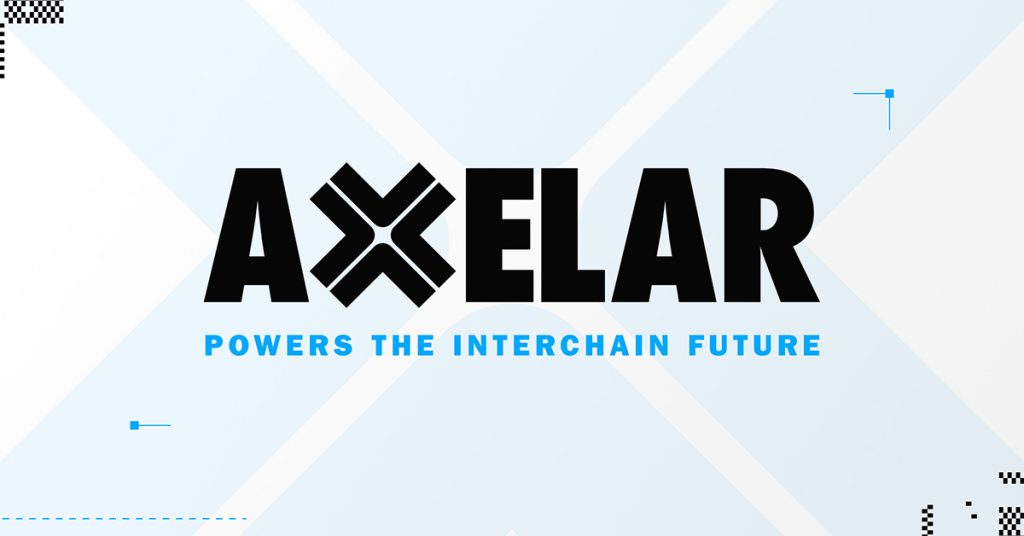

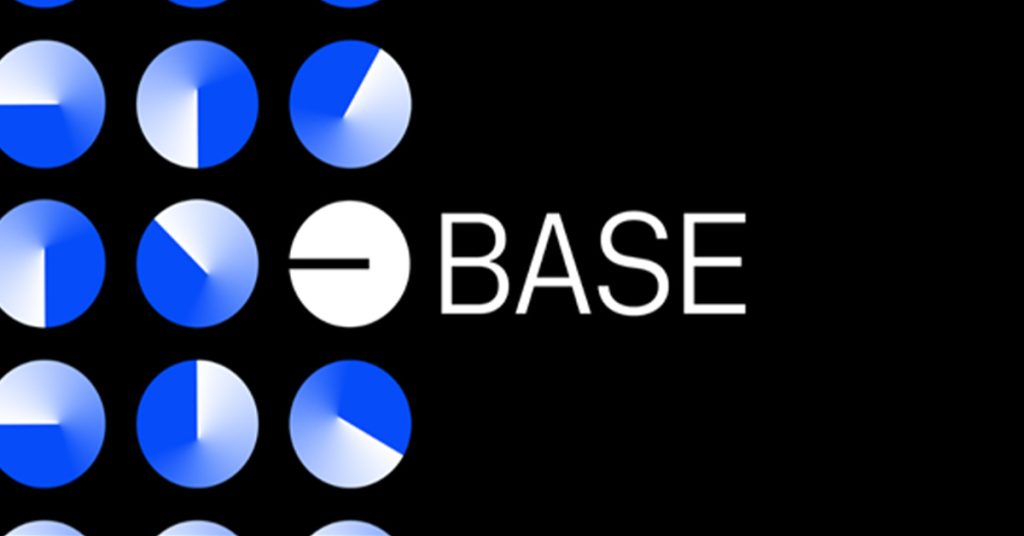
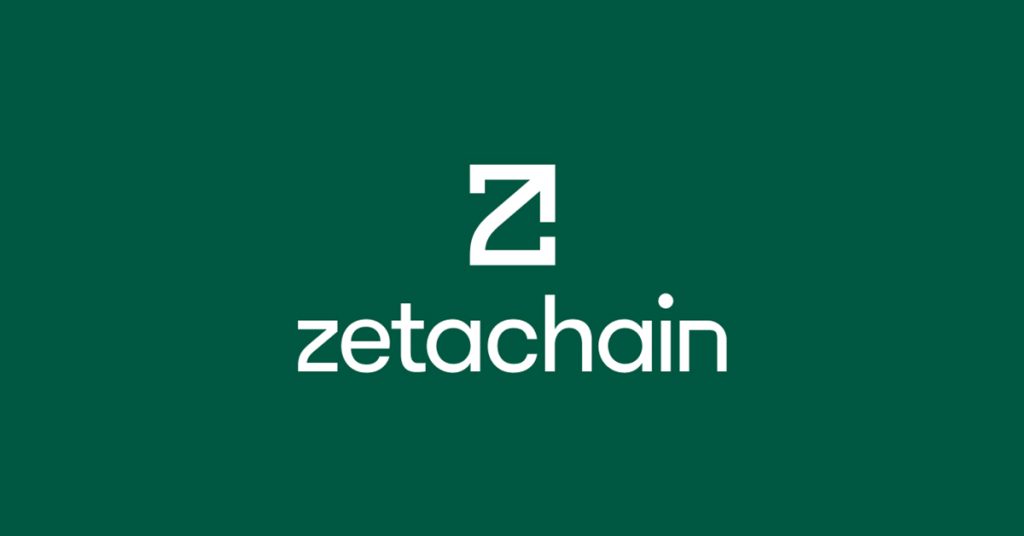
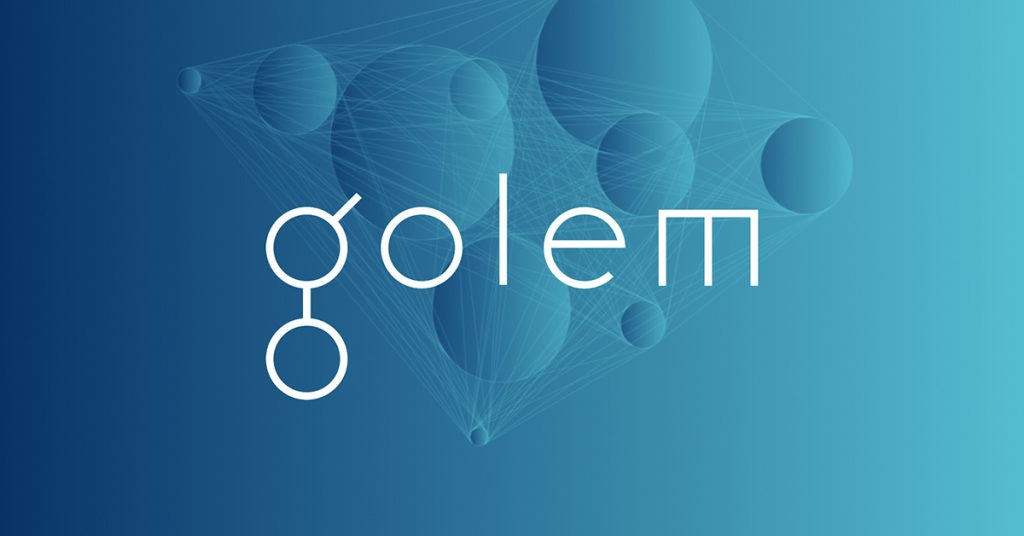
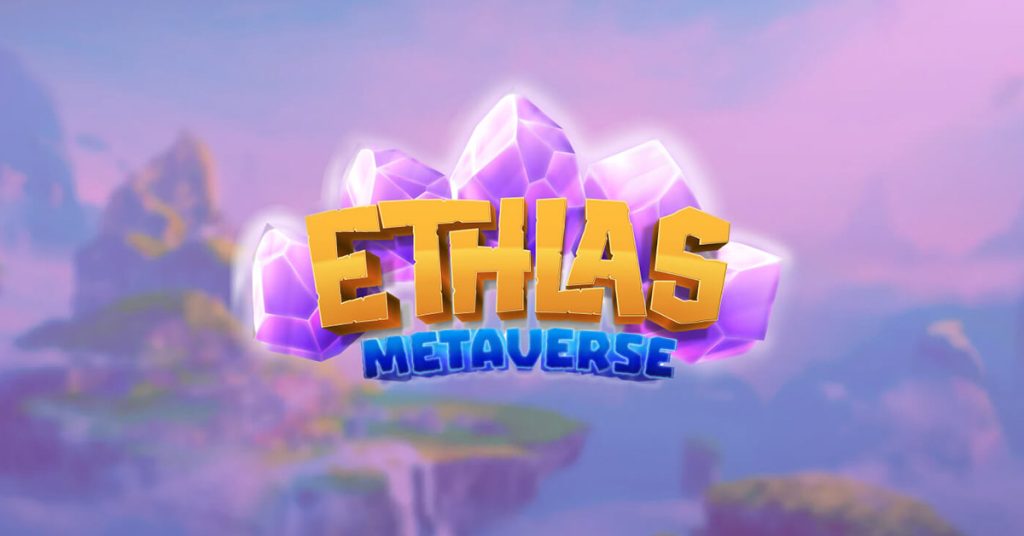
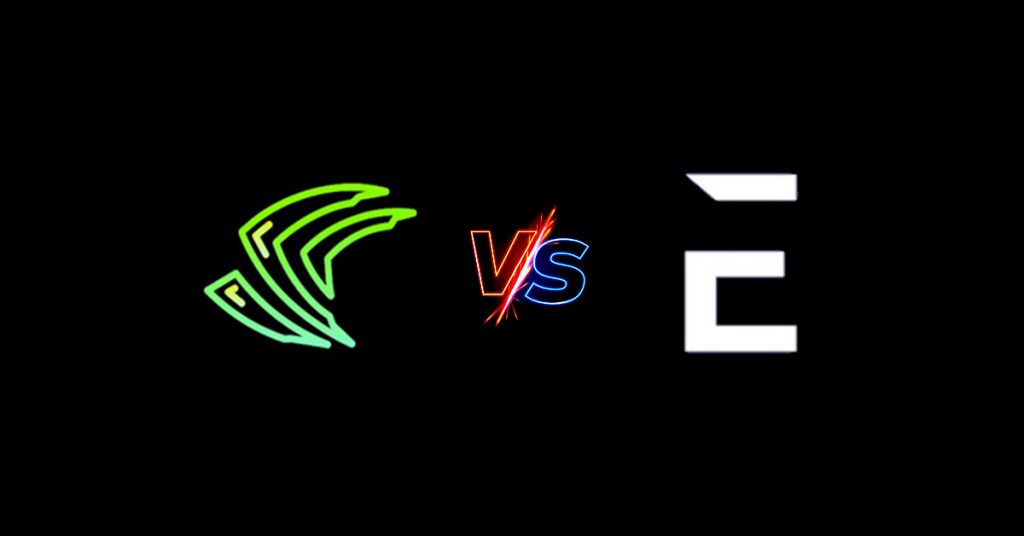


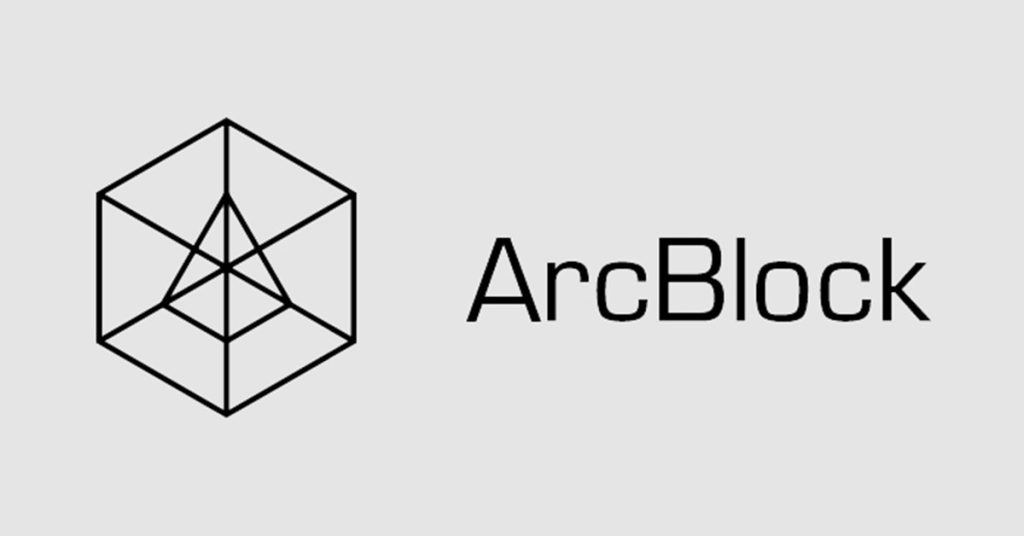
Responses